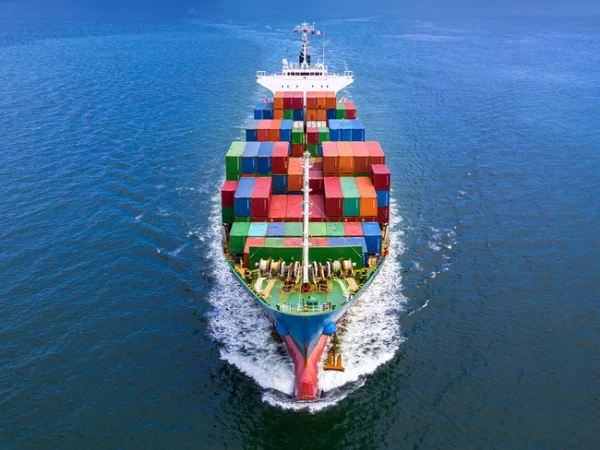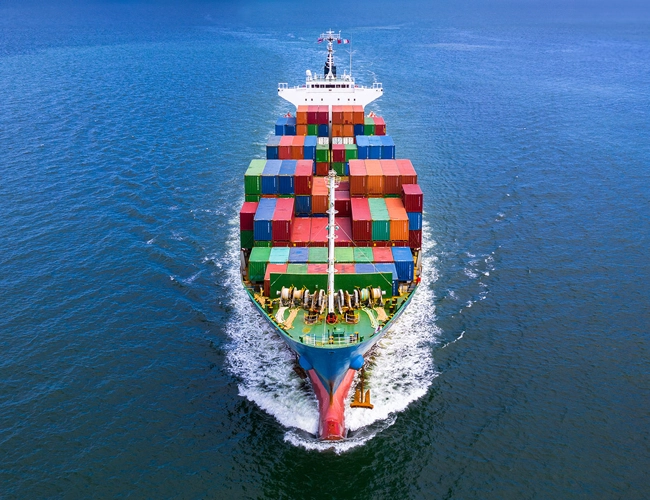
China’s Ministry of State Security claims to have seized multiple “special technical devices” built by foreign intelligence agencies for maritime spying near Chinese shores.
In a message on its WeChat account, the ministry said that it has discovered several types of seabed spying equipment planted by foreign governments, which appear to be designed for “reconnaissance and monitoring of our country’s waters” and “intelligence collection and technical theft activities.”
Specifically, the ministry said that it had discovered foreign-made “secret guards” that lurk on the seabed, collecting hydrographic data and monitoring passing shipping. Other devices act as “spies” and drift with the current, providing situational awareness. Others – “lighthouses” – appear to be designed to guide foreign submarines to navigate covertly through waters near China.
“Faced with the severe and complex situation of covert struggle in the deep-sea security field and the real threat of foreign espionage intelligence agencies, the national security agencies will . . . firmly defend our sovereignty,” the Ministry of State Security said in its statement.
While not named, the U.S. Navy has a long history of seabed espionage activities, primarily delivered through the capabilities of its submarine service. It also has publicly disclosed several technology programs that meet the device descriptions provided by the Ministry of State Security. The Navy’s seaglider systems have the capability to drift for long distances with ocean currents and collect data, and at least one example has been captured by Chinese forces before. The Boeing-built Orca extra-large unmanned submarine is designed to quietly emplace seabed devices, including naval mines and sensors. At a larger scale, the service’s “Project Replicator” program seeks to create swarms of unmanned systems in vast quantity, enough to create a “hellscape” of drones to defend Taiwan against a potential Chinese assault.

